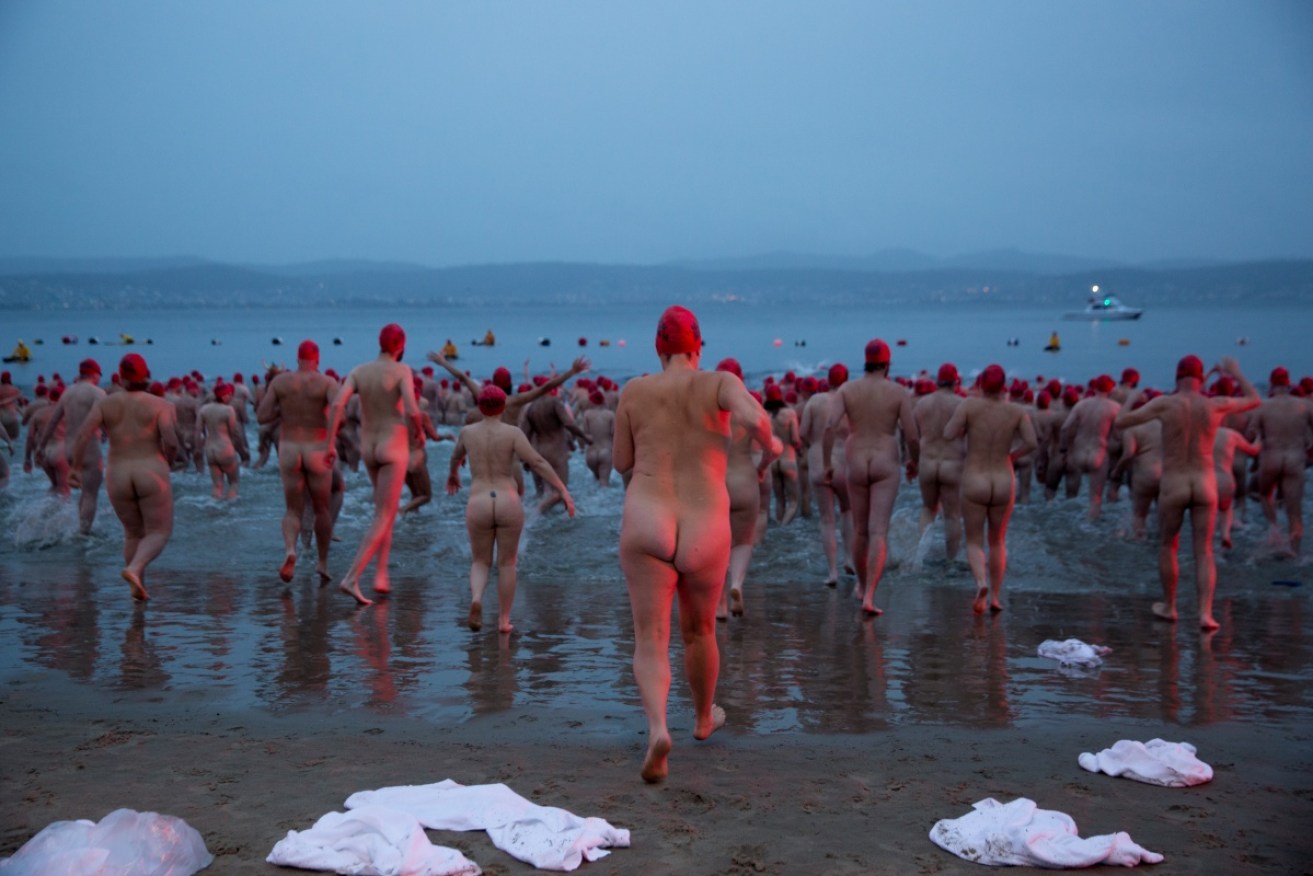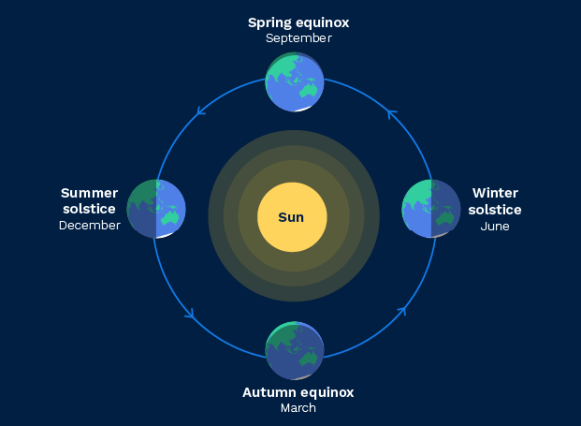The winter solstice: All about the shortest day of the year


Participants mark the winter solstice with a shivery plunge during Dark Mofo's annual Nude Solstice Swim. Photo: AAP
The shortest day of the year has arrived.
The winter solstice, also known as the June solstice, falls on Friday; the day’s short daylight hours come as the southern hemisphere reaches its furthest possible angle away from the Sun.
This means countries in the northern hemisphere will simultaneously be experiencing their summer solstice.
The exact timing of this year’s winter solstice in Australia will be 6.51am AEST on Friday, according to WeatherZone.
You can find sunrise and sunset times for your location on the Geoscience Australia website.
Following the winter solstice, sunrises will continue to occur later in the morning.
The winter solstice is not the coldest day of the year, as the warm oceans surrounding Australia keep the country warmer for a bit longer, but it will get progressively colder afterwards.
The Bureau of Meteorology says for much of southern Australia – where the influence of the oceans is greatest – the coldest week of the year is usually in July.
What is the winter solstice?
The winter and summer solstice each occur once a year, following Earth’s orbit around the Sun.
As Earth completes its annual orbit, it simultaneously rotates around its own axis (which the Bureau of Meteorology defines as a line from the North Pole to the South Pole through the centre of the Earth) once every 24 hours.
Due to the combination of Earth’s movement around the Sun and its own daily rotation, Earth’s tilt angles the southern hemisphere towards or away from the Sun at different times throughout the year.

Australia’s solstices and equinoxes. Source: Bureau of Meteorology
This also affects how much daylight the southern hemisphere receives throughout the year.
As the winter solstice marks the moment when the southern hemisphere if facing the furthest away from the Sun, the summer solstice is the moment the hemisphere is facing the Sun most.
The summer solstice usually occurs on December 22, but can occur between December 21 and 23.
The winter solstice usually takes place on June 22, but can occur between June 21 and 23, according to Geoscience Australia.
How do people mark the winter solstice?
Winter solstice has been a significant period for many cultures throughout history, marked by celebrations by cultures ranging from Native American to Ancient Roman.
Although some people may choose to practise older traditions such as keeping a yule log (a specially selected log of wood) burning all night, others choose to greet the colder months via a midnight ocean dip in the nude with a bunch of other people.
If you’re keen to do something special for this winter solstice, look up any events that might be near you, or research ways to mark the occasion at home.








